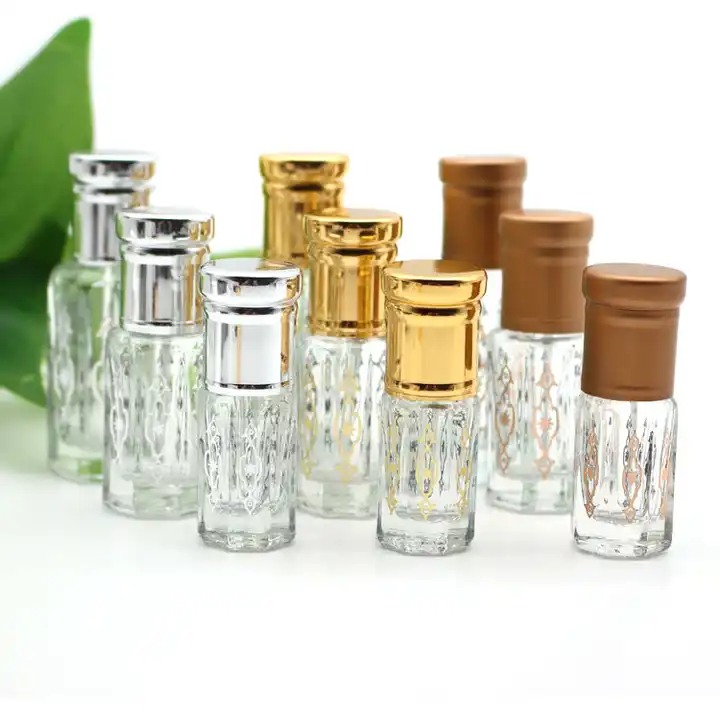Many refer to oud (also called agarwood) as “liquid gold” and one of the rarest and most sought-after ingredients in the perfumery world. Oud can be sourced in a limited geographical region of Asia, and this, combined with overharvesting and habitat loss, makes it a rare commodity. Within this geographical area, there are different regions where oud can be harvested, and each variety is unique according to the climate, soil, and other environmental factors of where it is found. For example, a Kashmiri oud may smell woody, spicy, and herbal, while a Turkish oud may boast notes of saffron mixed with subtle sweet accents. Oud is also often mixed with other elements to create layered, complex fragrances. For example, you might enjoy the sweet and spicy notes of an Amber oud attar or the deep and velvety aromas of a tobacco oud attar. This article will explore this versatile ingredient and how it is sourced and harvested for use in attars.
Where oud begins: Sourcing agarwood
The journey of oud begins with a type of tree called Aquilaria, which is primarily found in rainforests across Asia. Amongst the top producers of Aquilaria trees are Vietnam, Thailand, Cambodia and India. Some species of the Aquilaria tree produce a resin-like substance called agarwood as a defense mechanism against infection by a specific type of mold. When these trees get wounded or stressed (due to natural causes or human intervention), they become more vulnerable to infection by this mold. Agarwood is a dark, aromatic resin the tree produces to protect itself. Over time, the agarwood saturates the heartwood (the dense innermost part of a tree trunk) and is considered ideal for harvesting to produce oud. Trees are carefully selected for their age and quality before harvesting their agarwood. This is the material from which oud is distilled, and different species of Aquilaria in different regions produce unique oud – such as Kashmiri oud or Turkish oud.
Why oud is considered luxurious and rare
Scarcity: Not all Aquilaria trees produce agarwood – only about ten percent of these trees in the wild are producers. Additionally, due to ongoing overharvesting due to increasing demand and the loss of habitat, agarwood-producing species of Aquilaria have been listed as endangered or critically endangered. It is estimated that their population has declined by as much as eighty percent in the last one hundred and fifty years. Thankfully, in many countries where Aquilaria grows in the wild, protection laws surround its harvesting and international trade.
Agarwood to oud: The distillation process
Once the agarwood has been harvested from the Aquilaria trees, it undergoes the distillation process, turning the resin into its concentrated essential oil – oud. The technique used for distillation significantly affects the final product’s aromatic profile–traditional distillation methods have been passed down through generations of artisans. The distillation process can take a few days to several weeks, with artisans carefully monitoring the temperature and other environmental conditions to ensure the desired fragrance depth. Ultimately, this adds to the enhanced quality and luxury of these Attar fragrances.
Blending and layering
Once oud (or any essential oil) has been distilled, attar producers can blend and layer fragrances to create unique and complex profiles. Tobacco oud attar is an excellent example of a classic oud blend that will never go out of style. Combining essential oils to create new fragrances is a delicate art, especially when working with ingredients that have potent aromas, such as oud and tobacco, for example. If done correctly, this blend results in a rich, earthy base with a warm, slightly sweet, and spicy depth. It is important to understand the fragrance profiles of different essential oils and how they develop when worn when blending them. The genuine artistry in this process is another reason that attars are considered so luxurious.
The final product
The process from the raw material to the final product is long and requires skill and dedication to quality. After sourcing, harvesting, distilling, and blending, attars are left to mature. This allows the different fragrances to blend, enhancing the complexity and depth of the final product. The maturation period will vary between artisans, as each will have a unique process to achieve their ideal final product.




